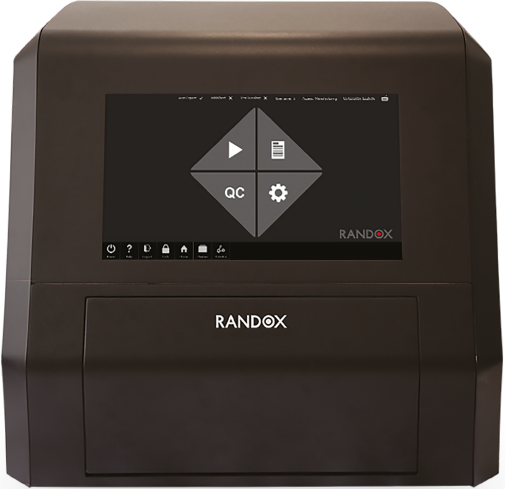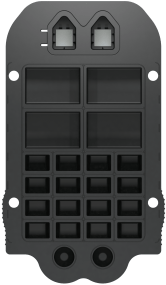Solutions
keyboard_arrow_downServices
keyboard_arrow_downSupport & Resources
keyboard_arrow_downCompany
keyboard_arrow_downContact
Get in touch to discover more
To find out more about the Acute Respiratory Distress, enquire now.
humidity_low Sample Type:
Plasma
update Time to Result:
36 Minutes
Studies have shown that clinicians can improve patient survival rates in acute respiratory distress syndrome (ARDS) by distinguishing between two consistently identified phenotypes.
It is crucial to identify the hyperinflammatory phenotype quickly so that the clinician can make informed decisions regarding patient management options, which are essential in improving survival. The Evidence MultiSTAT ARDS Biochip* allows for fast and accurate detection of Interleukin-6 (IL-6) and Soluble Tumour Necrosis Factor Receptor 1 (sTNFR1), enabling the stratification of the ARDS phenotypes.
*Used in conjunction with blood gas assay and algorithm
Biochip Performance
| Biomarker | Measuring Range |
|---|---|
| Biomarker: Soluble Tumour Necrosis Factor Receptor 1 (sTNFR1) | Measuring Range: 0 - 25 ng/mL |
| Biomarker: Interleukin-6 (IL-6) | Measuring Range: 0 - 1600 pg/mL |
Fast and accurate detection of biomarkers to facilitate stratification of ARDS patients into hypo and hyper-inflammatory phenotypes.
Analyser can be used by suitably qualified personnel to quickly analyse patient samples and obtain easily comprehensible results in just three simple steps.
Rapid stratification compared to other lab-based biomarker testing facilitating a precision medicine approach in ARDS patients.
Prompt reporting time to results enables faster treatment plans for patients.
The Evidence MultiSTAT

The Evidence MultiSTAT is an easy to use, small footprint analyser facilitating on-site simultaneous detection of multiple biomarkers.
Using chemiluminescence as a measurement principle, the Evidence MultiSTAT consistently delivers accurate results.
With minimal sample preparation required, this versatile benchtop analyser can achieve accurate, quantitative results in minutes.

MultiSTAT Cartridge
The Evidence MultiSTAT cartridge contains the reagents required for the chemiluminescent reaction to take place incorporated into its wells.
The process from sample entry to results can be completed in 2 simple steps, with minimal risk of human error.
No other components are required.


